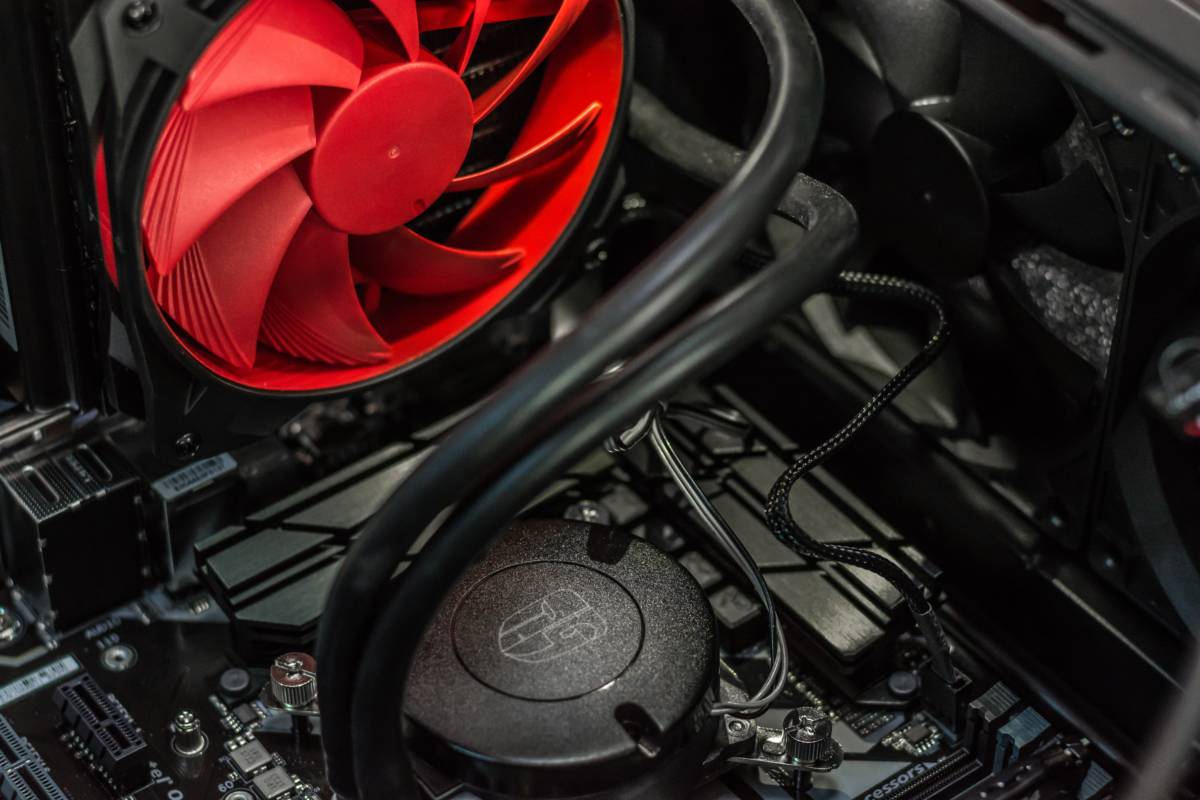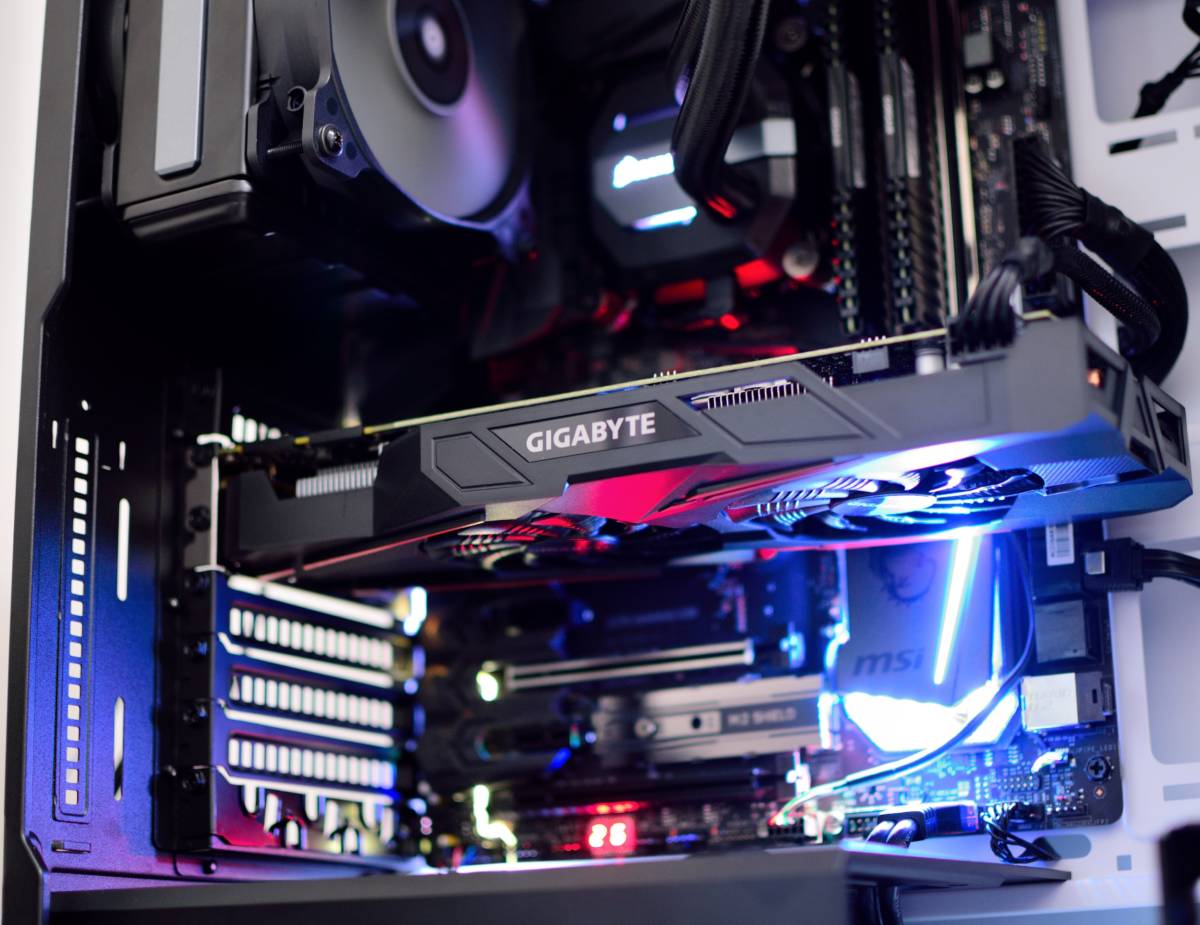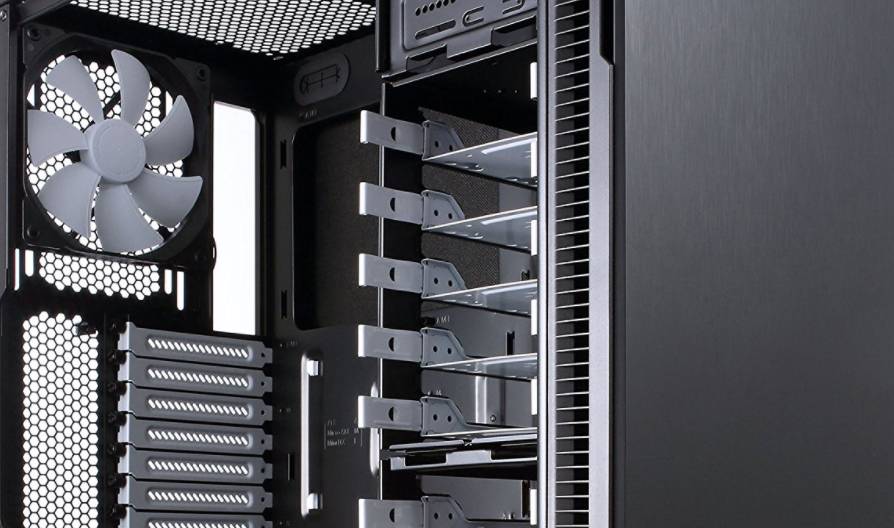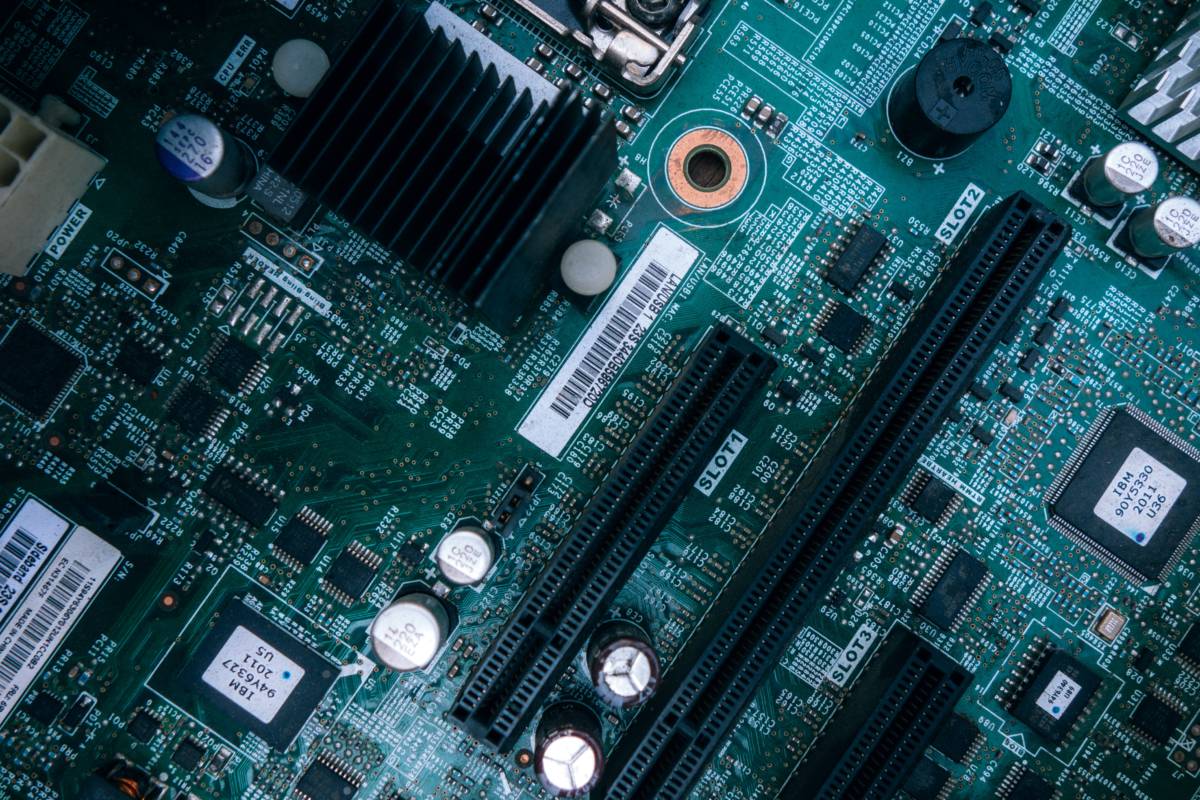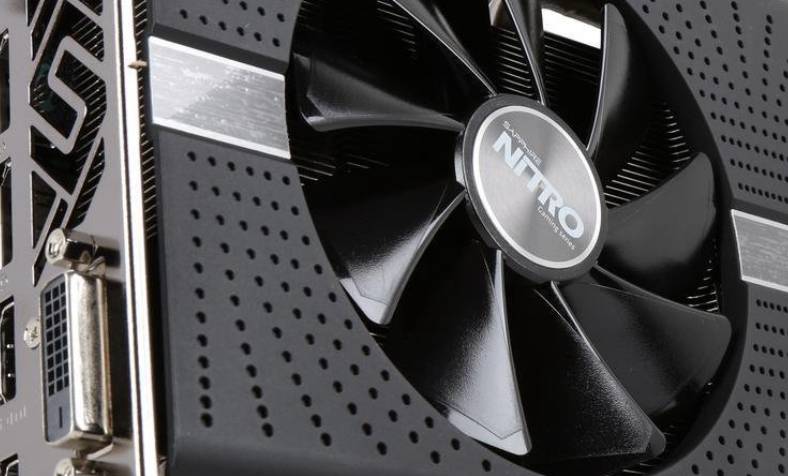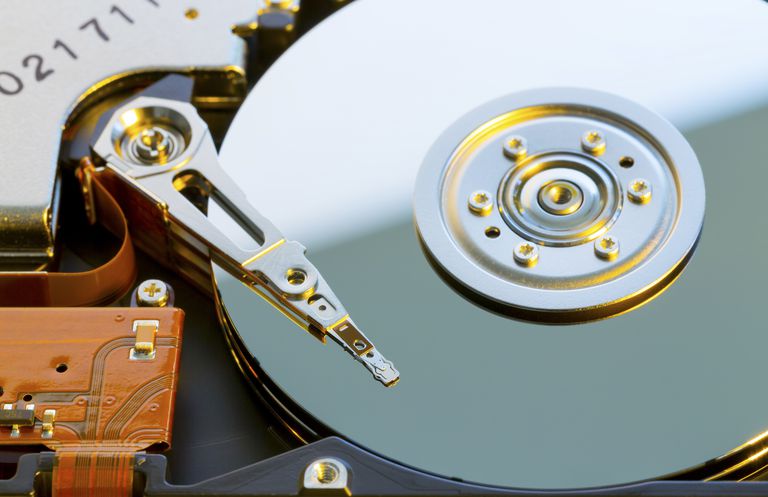So, you are thinking about taking the plunge into PC gaming and building your very own PC.There are many benefits to owning a gaming PC, not the least is the attractive prices on games compared to the console markets; Steam and other digital stores generally hand out steep discounts on games just a few months away from release. There’s only one problem: where and how do I get started?
For many, getting a PC can be daunting — there are many parts, makers and versions of these parts and components to consider. Fret not, however: here we will go over the basics of getting a gaming PC up and running. This guide aims to get you started with the right mindset and what to consider when getting a PC rather than giving a specific build, because the parts will change and 6 months from now this might not be so valid anymore. I will generally not argue over one brand or part over another since there are forums that do a much better job of hashing out the specific details of any part. This guide will help you get started and get the right mindset for buying and building a PC.
To build or not to build?
When I started out building my own PCs in the early 2000s, building your own was a necessity if you wanted to have any sort of quality. It was also a lot cheaper to get components and assemble it yourself. Store bought PCs often came with useless junk software and tried to limit your ability to upgrade the hardware instead of buying a new PC. In the early days, I contested with everything from glued PC cases to fan contraptions that looked like something out of a steam punk comic. Today, the market has changed somewhat and getting a prebuilt gaming PC is not that bad of an idea anymore. You will pay more, but you might not get all the parts that you want. Personally, I feel the learning experience of putting a PC together by yourself and learning how things work and fit together also has a certain value. Whichever you choose, this guide can still be useful to evaluate the pre-built PC you are looking at.
But can I build it?
Can you assemble a Lego model or a piece of IKEA furniture? Do you have thumbs and a bit of patience? If the answer to these questions is yes, congratulations: you are qualified to assemble your own PC. Seriously, though, the biggest hurdle people have with building PCs is that they think they will break and catch on fire if you look at them wrong. That’s not the case anymore: there are a few parts you need to be careful with, but generally it is just screwing and plugging stuff in.
The Parts
So, first things first: you need to decide how much you can spend on a gaming PC. This guide is meant to be for a mid-range quality build that should be viable for at least 3 or 4 years with some minor upgrades along the way. Also, it is good to take stock of what parts you may already have, things like keyboards, monitors, mice and such things can spare you a bit of cash in the end.
What do I need? For a computer to run you need to have a motherboard, a processor(CPU), Memory, a graphics card (GPU), Power supply(PSU), a hard disk or storage (HDD or SSD)a case to house it all in, a monitor, Windows, mouse and a keyboard. Aside from that you might want to have a DVD/ blu ray drive and a set of small screwdrivers.
When deciding and looking for parts I recommend using a site called PC part picker, it can index and alert you if something you picked is not compatible or if you should get a better power supply and so on.
Know where to cut corners
When building your PC, it is always good to keep in mind that unlike your PlayStation or Xbox you can actually upgrade your parts quite easily. This is something you should consider when building your rig. The parts that are easy to upgrade and do the most for your gaming experience are memory, graphics and storage. Things to spend a little extra on are the motherboard, CPU, case, and power supply. This is because these parts are more difficult to replace and if these parts are not up to snuff it can seriously impact how you build and use your computer. Put it simply: a bad motherboard or PSU will make your PC unstable and crash more often or give you all sorts of problems down the line.
The PC case
When my friends and I first started out building PCs back in high school, budget was of utmost importance. We bought cases for something like 15 dollars. They were heavy, bulky, and somehow also cramped and hard to work with. Today, I don’t recommend doing that. It gives you a lot of headache when building and for just a little more you can get a good, quiet case with dust filters, so spend that extra buck.
First, though, you need to decide what size you need and want from the three normal case sizes. Mid tower is the standard PC size. It is a PC that sits on the floor and will generally reach your hip when you sit down. A mini tower is a smaller variant that can be placed on a desk and is the size you often see in offices nowadays. Then there is the full tower, which is a big one that is almost a server rack.
For me, I prefer the mid tower size since it gives you plenty of room to assemble and expand with more HDDs if you need to. If you want a smaller media station, to plug into the TV and have in the living room, the mini tower might be a good option. Beware, though, that since they are smaller, they are also more cramped and trickier to build in. Also pay extra attention to the size of your graphics card since it might end up being too massive for a mini tower. You might not be able to have all the drives you want like DVDs or HDDS as well.
The full tower is not really needed if you don’t plan on having massive amounts of storage in your computer or you really want that extra space when you build. Other than that, look at what ports the chassis has, like does it have USB 3 or micro USB or any other such nice and nifty things that you might want to have? Personally, I have always liked fractal designs cases: they are sleek, minimalist, have dampening to make them quiet and come with filters to keep the interior dust free. A good case can last you for a long time as well and be reused for further upgrades almost indefinitely.
Recommendation
– Fractal Design Define R5 Gaming Case Cases FDCADEFR5BK
Motherboards and Processors
When it comes to motherboards, go with known makers. ASUS and MSI, for instance, are good choices that generally givesyou good, sturdy motherboards that have well-designed BIOSes (the actual software that makes a computer run). You could cheap out on this and get a motherboard for a lot less than the good brand stuff but, in my experience, it usually comes with headaches down the line. I have had systems with shoddy BIOS or motherboards that completely break down well before they should.
The motherboard is in many ways the heart of the computer and therefore it is a good idea to spend a little extra on this part. Also, when choosing a motherboard, you need to choose your processor at the same time because they use different sockets( connectors). So, a good idea is to start from the processor and then pick a good motherboard to match the socket on the processor you want.
So, what kind of processor should you choose? There are basically two manufacturers: Intel and AMD. Intel has the largest market share and generally the top performers, but are also the more expensive choice. In the Intel camp, there are more or less two series’ that are good for gaming: the Core i5 and the Core i7.
The difference between the two is that an i7 will have more cores (compute units) and utilize hyper threading; basically the ability to use more than one process (program) at a time. Sounds great on paper, but for games it has not proven to be that beneficial so far. Rather, this is good for overall Windows performance if you are the type of person who likes to run multiple programs at the same time, minimizing games and do something else for a while. More cores will also help with things like video editing, encoding and other such heavy tasks besides games.
Generally, an i5 is more than enough to play games on, though. When it comes to AMD, the water is a bit murkier. They recently released their RYZEN processors that on paper looks to be real killers to a good price with more cores than Intel currently offers at the same price point. But as mentioned above, few games take advantage of extra cores — some like Battlefield 1 and Civ 6 do and perhaps more will follow, but it’s hard to say. Currently, Intel is on their 8th gen processors and, while you could go and buy an older model, the processor and motherboard are difficult to upgrade so getting the current version is generally recommended unless you are on a very tight budget. Here is a combination with motherboard and processor that looks pretty good today. Also check if your CPU comes with a fan or cooling solution as this is not always the case.
Recommendations
– Intel BX80684I58400 8th Gen Core i5-8400 Processor
– MSI ATX Motherboard Motherboards Z370-A PRO
Memory
The motherboard and processor will pretty much decide what type of memory (RAM) you will have. Currently, the memory standard is called DRR4 SDRAM, but check with the motherboard to make sure what type you can use. The motherboard will also state the maximum amount of memory, usually 32 GB and the speeds that are supported. Naturally, the highest speed is the best for your gaming performance, but you could also plan to upgrade to a faster variant of DDR4 down the line. As for the amount of memory, I would recommend at least 12 Gb today, 8 as an absolute minimum. Another thing you want is to divide the memory — don’t buy one stick of 12 GB, buy 2 sticks with 6Gb and so on. This is because the CPU works best when it can divide memory across channels. Most motherboards will have four slots for memory. As for manufactuer, it doesn’t make a whole lot of difference in my experience. Brands like Corsair usually come with heat sinks that will keep the computer cooler, look nicer and also protect the memory a bit during handling.
Recommendation
– Corsair Vengeance LPX 16GB (2x8GB) DDR4 DRAM 3000MHz
Graphics
So, the rule of thumb I have used in almost 20 years of doing this is to stick to around 200-300 dollars when buying a graphics card. This is the price point where you generally will get the most graphics for your money. The price difference between the middle and high-end tier is very big, but in my experience the performance is not equally so. Usually you can play most games on high to max setting, 1080p and get 60fps without any problem with a mid-tier card. The benefit with staying around this price point or even lower is that down the line you cam upgrade and get a new card and see a great boost in performance. When getting a graphics card or buying a ready built PC, there are 2 words to look for: AMD/Radeon or Nvidia/GeForce. No Intel HD graphics or anything like that; they are all junk for games.
Unfortunately, these are uncertain times where the money horny gold-diggers we call crypto miners keep buying up any and all cards on the market that are good enough to mine bitcoins with. This has depleted the supply and jacked up the prices a lot recently. Therefore, it might be a good idea to wait until the market shifts or something happens. You may be able to get bargain prices on some really high-end cards instead. If we disregard the recent price hike, though, my recommendation as it stands today either a GeForce 1070 or 1060 for Nvidia cards. On the AMD side of the pond, we have the Radeon RX series and their RX 570 or 560 look like good options. The difference between Nvidia and AMD with graphics is much like with Intel and AMD for processors. Nvidia generally has the high end and high-priced market while AMD makes less expensive cards with slightly lower performance.
As for VR, if you are planning to do VR gaming on your computer or want to have 4K resolution then you will have to go with a high-end card to make it work. Something like a Geforce 1070 as a minimum, 1080 as a recommendation. Also make sure the card you get has at least 8GB of memory if this is the case. VR and 4k resolution simply demand a lot of horsepower to run well and especially in VR, you do not want stutter or uneven FPS.
Recommendations
– Gigabyte GV-N1070G1 GAMING-8GD REV2.0 GeForce GTX 1070
– Gigabyte GeForce GTX 1080 Windforce OC GV-N1080WF3OC-8GD
– Sapphire Radeon NITRO+ RX 570 8GB GDDR5 PCI-E
Power supply
Corsair, Corsair, Corsair. Done. No seriously, though, Corsair makes excellent PSUs and I would recommend them any day of the week. They can be a bit pricey, but they have more budget-oriented stuff too. The thing with power supply is that you want it to provide your computer with an even current for as long as possible. Lower end PSUs cannot do this, and this usually leads to system instability and even component damage down the line.
As for how much power you need, that is mostly up to the graphics card since that is the thing that will suck the most out of it. Generally, it is good to get at least a tier over what you need. If you need 700 watt of power, get at least 750. This because you might want to add more hard drives, or a future graphics card might need more juice, also if you are right on the line it can affect stability. Card makers often post the power needs on the specs of the card so that is a good frame of reference. For instance, NVidia recommends a 600w PSU for their 1080ti so for a PC with that card I’d probably get a 700 or 750w.
Check out a modular 750W PSU from Corsair, which means that you can detach the cables from the PSU. It makes it easier to manage cables, but is not a must.
Recommendation
– Corsair CX Series 750
Disc drives
Nowadays, a disc drive is not even needed. Personally, I have only used my DVD drive two times since building my current PC in 2014. It can be a good thing to have if you only have one PC and need to back up stuff to disc, though. If you plan to watch Blu-ray movies on your desktop PC, keep in mind that there is copyright in place that prevents you from watching it on any screen or connector. It must be a HDMI connection that is up to date, so make sure your graphics card and monitor supports the DRM because it can be a real pain in the ass otherwise.
Storage: SSD or HDD?
SSDs are smaller and ridiculously fast and they will greatly affect things like loading times and boot up time for your computer. They are, however, a lot more expensive than standard HDDs. Most gaming computers will use both to give yourself a lot of storage, the biggest games are starting to push the 100GB limit now and with the shift to 4K we will probably see another increase in file sizes before long. If you are on a budget, skip the SSD and get one down the line instead.
Do I need a sound card?
Not really. The built-in sound chip of the motherboard is plenty if you don’t have specific needs for editing and so on.
What about cooling? Should I get water cooling?
Sure, if you want. But it is mostly for enthusiasts who plan to do a lot of overclocking and tinkering, or someone who really wants to have a quiet computer. For a beginner, I can’t really recommend it since it usually comes with more work and the benefits to you are questionable at this point. If your case is efficient enough (good cases are) it should be enough with two fans to create airflow. One fan in the front and one in the back. Most cases come with these fans, so it is nothing you have to worry about usually.
Connecting with friends
All motherboards come with a LAN connector so wired connections are no problem out of the box. However, if you can only use Wi-Fi you will also need a dongle for that. Same goes for Bluetooth as most cases or motherboards lack Bluetooth receivers.
Building
Now you have your shiny new parts, how do you actually put it together? I find watching YouTube videos of how to install certain components to be invaluable for this. There, you can see what to do exactly with your parts and so on. Here, I will give you some pointers to get started and help with how to go about this.
First, select a build space, a good desk in a well-lit area is an excellent choice. The floor works too if you don’t have kids or pets running around, but no carpets! Should you worry about static electricity? A little, not overly much. Ground yourself by touching the PC case before handling your components and it will be fine. I have never had a component damaged because of this.
You will also need: a set of small screwdrivers to mount all those smaller parts, a small flashlight might also be good to have depending on your lighting situation, patience, and a steady hand. First thing is to take out your case and motherboard. Some like to assemble things on the motherboard outside of the case before putting it into the case. It’s mostly a matter of taste but it can help with putting the CPU fan in place and some just like to test it out. Personally, I almost always assemble inside the case, mostly because that’s how I started doing it.
To mount the motherboard, you first need to put in brass distances into the case (these and other screws should always come with the case). Take the motherboard carefully and you will see holes for screws on the edges and in the middle of the board. Hold it over the same holes in the case to align them and take note of the position. Use the back plate to help you align the motherboard properly. Put in the instances and then put the motherboard on top, align and screw in the motherboard screws. Next is the only step that is a bit iffy: putting in the CPU. I strongly recommend looking at some videos doing this, so you can get a clear picture of what to do.
Basically, you want to align the pins on the processor with the socket on the motherboard. To do this look at the pattern on the underside of the CPU, but don’t touch the pins! Also, there will be grooves on the side of the CPU that can help you align it. In the middle of the motherboard you will find a big square clasp, open it and remove the plastic cover to reveal the socket. This is where you will put the CPU, so fasten the clasp and the CPU is in.
As for the CPU fan and thermal paste, Some processors come with a fan or cooling solution and some don’t be sure to get one before you start assembling your PC. If the fan and heat sink doesn’t have thermal paste applied already, you will have to get that as well and apply it. Again, I recommend watching a video of it being done. You only want a little paste to make a thin layer between the CPU and the heat sink on the fan. Align the fan with the pin holes and press firmly but not forcefully to make it snap in and lock. In some cases, you will have to fasten the fan on the underside of the motherboard also. If that is the case, you will have to put the PC case upright and remove the other side panel to reveal the underside. Make sure the motherboard is put into place and the CPU fan is sufficiently attached so you don’t smear thermal paste everywhere.
Power
Next, put in the PSU. Depending on the case, it will either go in the bottom or the top of the case. Depending on the cable situation, it might be easier to plug in some of the smaller cables to the front panel before screwing in the PSU. Whichever way you go, align the PSU, screw it in and attach the cables you need.
At this point, it should only be the motherboard power supply and the CPU power. Take some time to align the cables the way you want. It is a good idea to have cables out of the way to make it easier to build and also increase airflow inside the computer, thus making it run cooler. Before putting in anything else it might also be a good thing to connect the front panel cables at this point. They are small cables with tiny connectors that can be a bit fiddly to get in right. Refer to the connector and port chart of your motherboard manual to see where they should be connected. This is important to make the power button, USB ports, and other such things work properly.
After this, you have done most of the difficult things in building a PC. Next, I usually put in the memory sticks. Take a look at your memory slots: there should be 4 slots in 2 different colors. So, 2 red and 2 blue, for instance. Put the sticks into matching colors. It should be in slot 1 and slot 3 if you have 2 sticks. Make sure the pins and grooves are aligned and push firmly down on the ends of the stick until you hear a click and it is firmly in place.
After this, connect your DVD and hard drives before putting in the graphics card. This is because the graphics card will be big and bulky and in the way later on. Just put the drives in the drive bays and connect with appropriate power cables and data cable. The power cables are attached to the PSU and usually the motherboard will come with some SATA cables. If not, make sure to get some before assembling. Refer to the motherboard manual to see where the SATA connectors are on your motherboard; they are also labeled. Connect it all up and then get going to the graphics card.
To put in the graphics card, you will have to remove a back panel. Do this and align your card with the big PCI express connector. Press down firmly until the lock clicks into place and screw in the screw on the back panel again. Connect the card to power with either 1 or 2 power cables and you are all set with the graphics card. Now the only thing to do is to make sure the case fans have power, everything is secure, and then close the case again. If everything is connected and is working properly, you can now hook it up to a monitor and keyboard to see if the computer will post. Basically, this means if it will start up and go to a BIOS screen or a boot screen. If it does, you are all set and the fun part of installing Windows and everything else can begin.
Errors
Most likely, your PC build will start and everything will be fine, but here are some things that might be the problem if it does not as here are a myriad of errors that can happen when building a PC. If you put everything together and nothing happens when you turn it on, there are a few things to check.
Is the motherboard lighting up and the fans spinning? There are small lamps on the motherboard that should light up if they don’t and fans are not spinning the problem is most likely power related. If it starts up but starts to beep and doesn’t show anything on the screen, there might be something wrong with the motherboard, processor or memory. The manual should explain how to check for error codes, some motherboards will have a display that will show the code on it, some will speak, and some will just beep in a certain way. Try to check what error you are getting. If it starts up but you don’t see anything on the screen, no error codes or beeps, it might be the graphics card. Check to see that the fan on the card is spinning and it is properly connected. If it is and it is still just black on the screen, then try connecting the monitor directly to the motherboard instead. If the computer starts up and gives you a post screen on the monitor but will start beeping and restart, check the CPU and the fan so that it is connected properly since that might be a heating related issue. There are many things that could be wrong or sometimes just straight up broken, so some troubleshooting might be required at this point. There are countless of resources online, though, so do not panic. There is probably a solution to your problem out there. Patience is your friend in this.
Some of the coverage you find on Cultured Vultures contains affiliate links, which provide us with small commissions based on purchases made from visiting our site.
